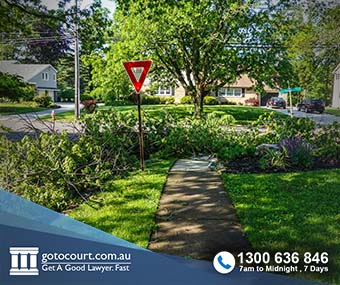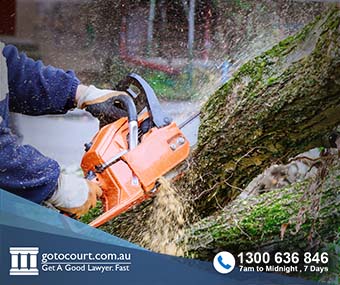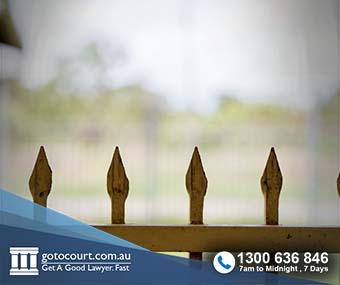Neighbourhood Disputes (Qld)
When you are living in an urban area, you are likely to have neighbours in close proximity to you and you may be affected by their actions or inactions. Neighbourhood disputes commonly arise in relation to trees, shared fences or animals. While disputes about trees and fences are governed by the Neighbourhood Disputes (Fences and Trees) Act 2011, rules about animals fall under local government by-laws and may vary from one electorate to another.
It is always preferable to sort out neighbourhood disputes amicably by talking to your neighbour and coming to a mutually acceptable solution. However, in some cases this may not be possible and it is necessary to have recourse to legal avenues to resolve the dispute. This article outlines your rights and responsibilities in relation to neighbourhood disputes and how they can be settled.
Trees
Under section 52 of the Neighbourhood Disputes (Fences and Trees) Act, a person has the following responsibilities in relation to trees:
- Cutting and removing any branches that overhang a neighbour’s land;
- Ensuring that the tree does not cause serious injury to a person, serious damage to land or property or unreasonable interference with a person’s enjoyment of their land.
A tree includes bushes, shrubs, bare trunks and stumps. If the tree is situated wholly or mainly on your land, you are responsible for the whole tree, including its roots.
What is unreasonable interference?
A tree unreasonably interferes with a neighbour’s enjoyment of their land if it:
- Interferes with their television or satellite reception;
- Interferes with the functioning of their solar paneling;
- Shade sunlight from their windows or roof;
- Obstructs a view;
- Creates substantial tree litter in their yard (this must be more than normal tree litter such as leaves, flowers etc).
Resolving tree disputes
Think about the kind of trees you are planting, where you are planting them and how they may affect surrounding properties in the future. Try to stay on good terms with your neighbours and address any issues early before they get out of hand. Be familiar with your responsibilities.
If your neighbour’s tree is affecting your property, or may affect your property in the future, talk to them about it. If you are unable to reolve the situation, you may want to consider contacting a dispute resolution centre. If you are unable to resolve the situation via mediation, you can make an application to Queensland Civil and Administrative Tribunal (QCAT).
Fences
A fence dispute may arise when two neighbours disagree about the construction or maintenance of a fence.
Responsibility for shared fences
Fences dividing two adjoining properties are owned equally by the owners of the adjoining properties and both owners are liable to contribute to the cost of fencing work. However, an owner can only be required to contribute to the cost of fencing work if the fencing needs to be completed urgently or if the owners have previously agreed to the work being carried out.
Fencing work
When a person wants to construct, replace or repair a fence and requires the consent and contribution of the adjoining owner, the act requires them to do the following:
- Give the adjoining owner a notice stating the work proposed to be carried out and the estimated cost of the work;
- Provide at least one quotation of the estimated cost;
- Provide a proposal for how the costs are to be divided;
If the owner of the adjoining property does not agree with the proposal or disputes the amount of money they should have to contribute, this dispute must be settled before the work is commenced.
Fencing disputes
If no agreement has been reached about the proposed fencing work one month after the notice is given, either party may apply to QCAT for an order. Section 35 of the act sets out the orders that QCAT may make in respect of a fencing dispute, including the type of work that is to be carried out, when it is to be carried out by and how much of the cost must be born by each party.
Animals
The rules regarding pets are contained in local government by-laws. Pet owners are required to keep their pets healthy and safe and to ensure the animal does not cause a nuisance to neighbours.
Animal by-laws
Penalties apply to persons who fail to adhere to by-laws, such as by allowing animals to wander at large or by keeping an animal that causes a noise nuisance. Many councils require a person to obtain a permit if they wish to keep more than two dogs or more than three cats.
If you are being affected by your neighbour’s animal, talk to them about the situation. If you cannot resolve the issue directly, contact your local council.
Animal infringements
If you receive a fine in respect of an animal, you must either pay the fine or dispute the fine within 28 days. A fine can be disputed online or by post.
If you require legal advice or representation in relation to a neighbourhood dispute or in relation to any other legal matter, please contact Go To Court Lawyers.





